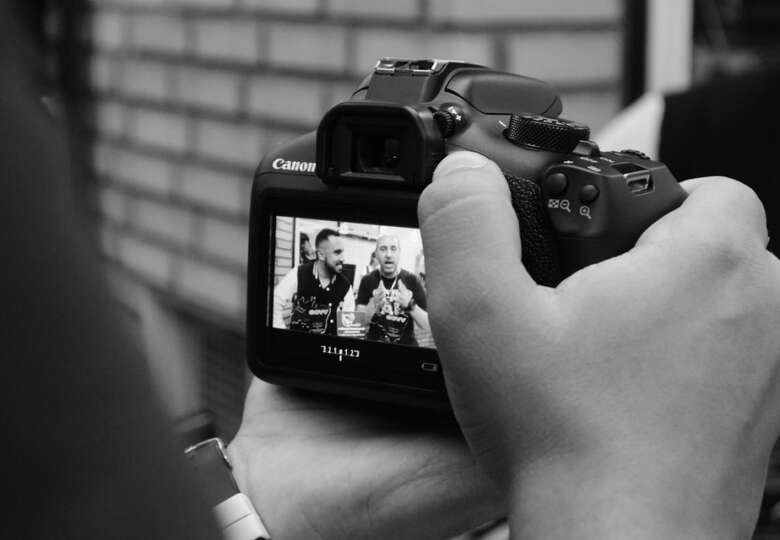[ad_1]
The Evolution of Hip Hop Culture: From the Bronx to Global Phenomenon
Hip hop, a cultural movement that emerged in the 1970s in the Bronx, New York City, has since become a global phenomenon. What started as a form of expression for marginalized communities has now become one of the most influential and dominant cultural forces in the world. From its humble beginnings in the streets of the Bronx, hip hop has evolved into a multi-billion dollar industry, shaping music, fashion, dance, and even politics.
The birth of hip hop can be traced back to the block parties and park jams of the South Bronx in the late 1970s. DJ Kool Herc, often referred to as the “father of hip hop,” pioneered the use of two turntables and a mixer to extend the instrumental breaks of songs, creating what is now known as the “breakbeat.” This technique laid the foundation for the art of DJing and became one of the fundamental elements of hip hop music.
Alongside DJing, another crucial aspect of hip hop culture is MCing, or rapping. Emcees would use their lyrical skills to entertain the crowd and engage in friendly battles with other MCs. This form of verbal expression quickly gained popularity and became an integral part of hip hop performances. Artists like Grandmaster Flash and the Furious Five, Run-D.M.C., and Public Enemy brought the art of MCing to the forefront, addressing social and political issues in their lyrics.
As hip hop continued to evolve, it also incorporated elements of dance and fashion. B-boying, or breakdancing, emerged as a dynamic and acrobatic style of dance that became synonymous with hip hop. B-boys and B-girls would showcase their skills in battles and competitions, adding a visual element to the culture. Fashion-wise, hip hop introduced a unique and distinctive style, characterized by baggy clothes, sneakers, gold chains, and oversized accessories. This fashion statement became a symbol of rebellion and self-expression.
The 1980s marked a turning point for hip hop, as it began to gain mainstream recognition. Artists like LL Cool J, Run-D.M.C., and the Beastie Boys achieved commercial success, bringing hip hop to a wider audience. The emergence of MTV and the popularity of music videos further propelled hip hop’s rise to prominence. The music videos not only showcased the artists’ talent but also provided a visual representation of the hip hop culture, solidifying its place in popular
[ad_2]



